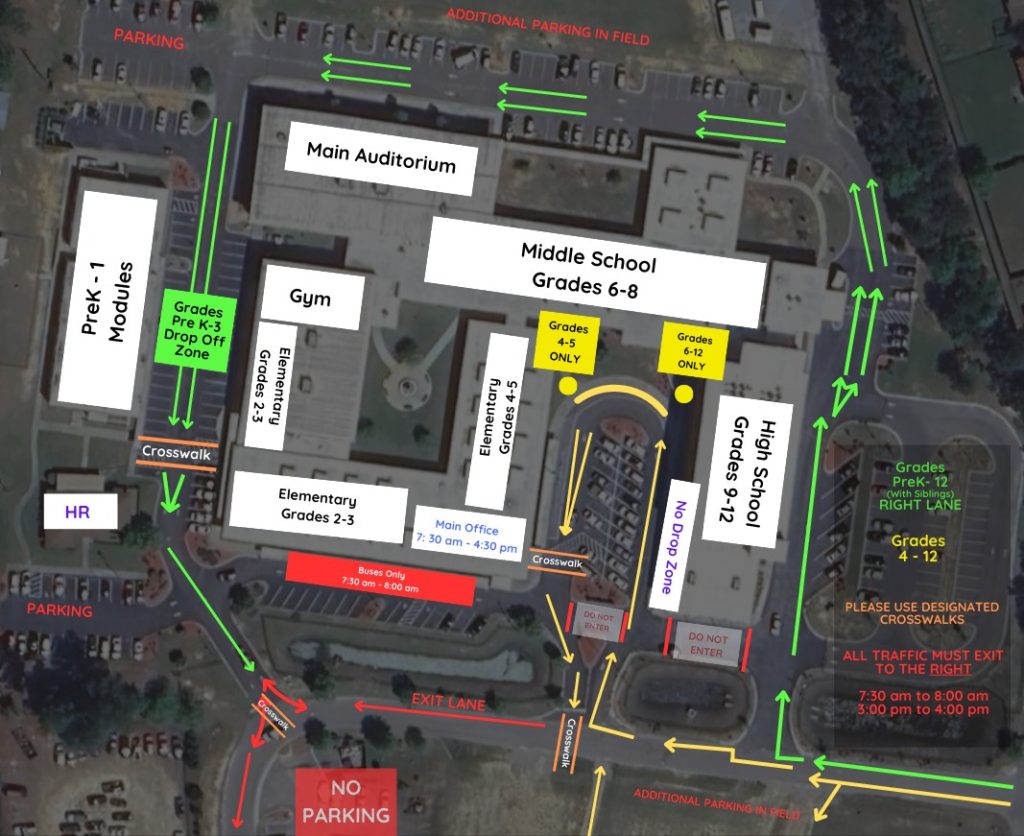Greetings Alpha Academy Family,
Please listen to this all-call in its entirety. All parents should receive the information of this all-call in a letter sent by your child’s teacher.
This month we are launching our Reading and Writing Renaissance Campaign. This initiative supports our goal to achieve 100% reading and writing proficiency by the end of the 2024-2025 School Year. To support this initiative, the Cumberland County Library has agreed to provide virtual book access in which our students will be able to check out up to 10 books at a time and utilize other resources as often as needed. In the letter sent by your child’s teacher, click the link in the letter to read about the online access library program. Only complete and return the Student-Access Opt Out Form if you do not want your child to participate in this program. The opt-out letter is due on September 18th.
Here is a recap of important dates for this month.
Tomorrow, Friday September 13, the technology form, parent guardian Sheet, the Residency Questionnaire and the Impact Form are due. To repeat the technology form, parent guardian Sheet, the Residency Questionnaire and the Impact Form are due tomorrow, September 13th.
Thursday September 19th at 6:00 pm, we will host our first Parent Academy Session & Dinner. There you will learn about your child’s academic and testing requirements.
On Tuesday, September 24th will be a very important Parents Bill of Rights Meeting facilitated by Superintendent Slocum. You don’t want to miss this important meeting.
On Saturday, September 28th is the International Folk Festival Parade.
On Monday September 30th are senior photos. Please note you must schedule your appointment online prior to that date.
Thank you and have a great evening.










